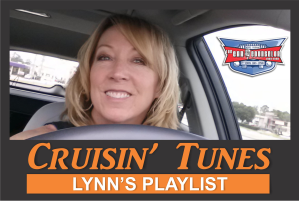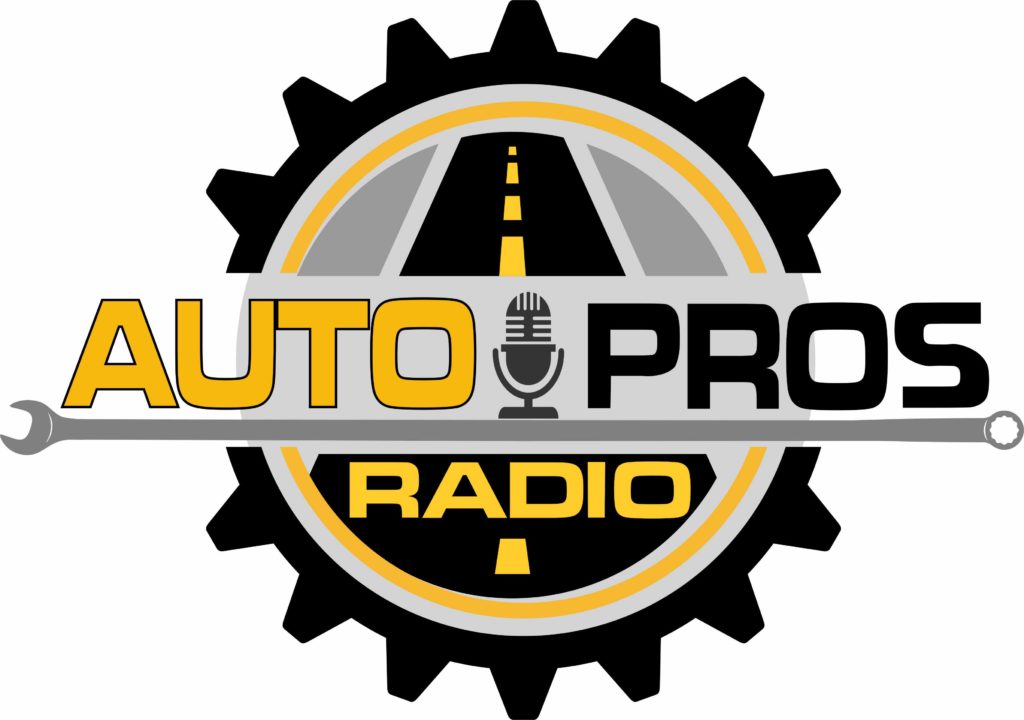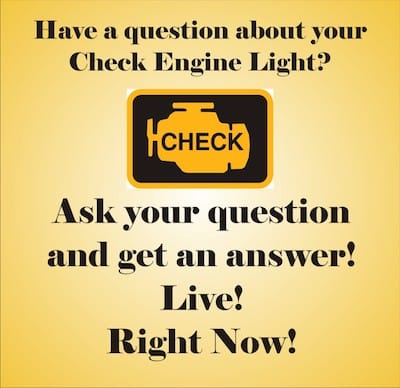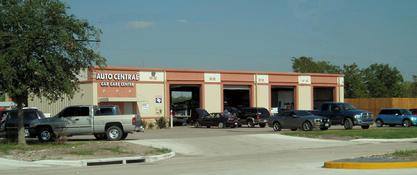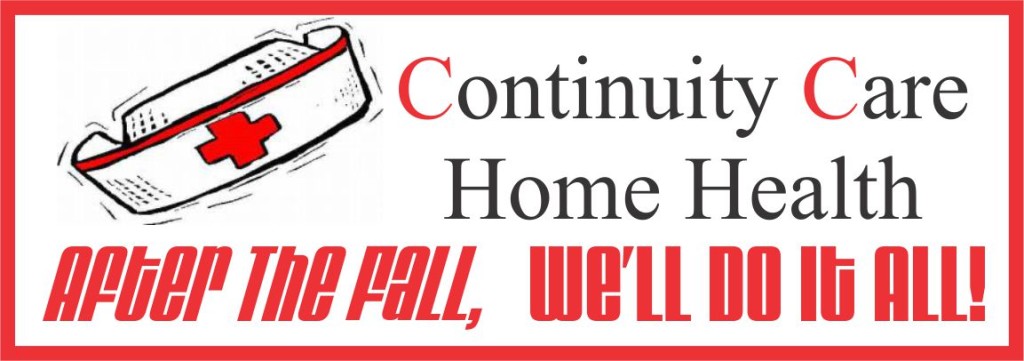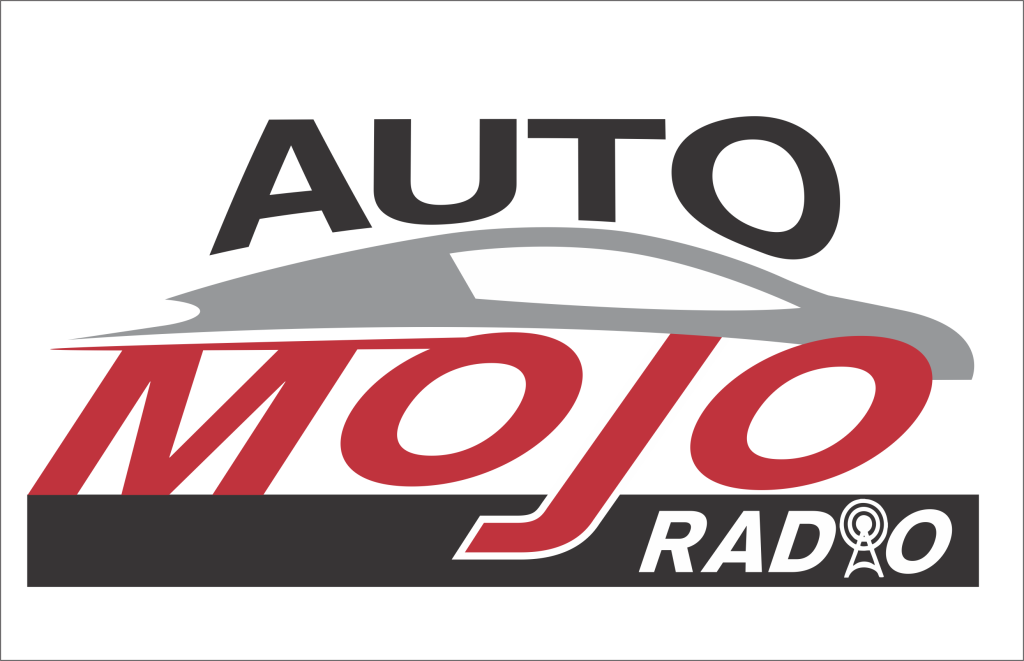Have you seen that annoying new light on your dash? It almost looks like a tire and has an exclamation mark inside it. That would be your tire pressure indicator light.
Gone are the days of full service gas stations and the smiling young men who checked your tire’s air pressure at every fill up. The need to keep the tires properly inflated is still as important now as it ever was. It seems so simple, but so many people were forgetting to check their air pressure in their tires that there were alot of unsafe vehicles out on the roads. So, in comes the US Government to the rescue! All vehicles manufactured since 2008 have come equipped with a tire pressure monitoring system, or ‘TPMS’. The TPMS system detects when a tire becomes under-inflated and lights up a warning light on the dash.
So what’s the big deal? Well, under-inflated tires can be a real safety concern for everyone in Texas. First of all, they don’t handle properly and that can lead to an accident. Second, under-inflated tires can overheat and cause the tire to come apart, which can also lead to an accident.
 Government regulations requiring TPMS systems aim to reduce accidents in Texas and save lives: A very worthy goal. There are also positive environmental effects because under-inflated tires are fuel wasters – you lose 1 percent of your fuel economy for every 3 pounds of pressure below ideal. So proper tire inflation can save you a tank of gas a year. And your tires last longer so you won’t have to replace them as often.
Government regulations requiring TPMS systems aim to reduce accidents in Texas and save lives: A very worthy goal. There are also positive environmental effects because under-inflated tires are fuel wasters – you lose 1 percent of your fuel economy for every 3 pounds of pressure below ideal. So proper tire inflation can save you a tank of gas a year. And your tires last longer so you won’t have to replace them as often.
There are two kinds of TPMS systems. So-called direct systems have a battery powered sensor in each wheel that measures tire pressure. The sensor sends a signal to a receiver that illuminates the warning light if pressure is low on a tire.
Indirect systems use a computer program to detect under-inflation by measuring wheel rotation speeds and other data.
You’ll have to replace TPMS parts as they wear out. Obviously, the batteries in the sensors will run out someday. Road salt and grime can damage sensors too. The system needs to be reset when you rotate or change your tires.
Because the TPMS system is so important to your safety, you should make the necessary repairs when needed. And remember, TPMS is no substitute for regularly checking your tire pressure– at least once a month.
Don’t panic when that light comes on. Do a quick inspection of your tires to make certain that they have enough air to drive somewhere to have them checked. Do remember to fill up the spare tire too!
Have more questions? Just ask . . . lynn@thatcarlady.com
Lynn Beckwith, That Car Lady


